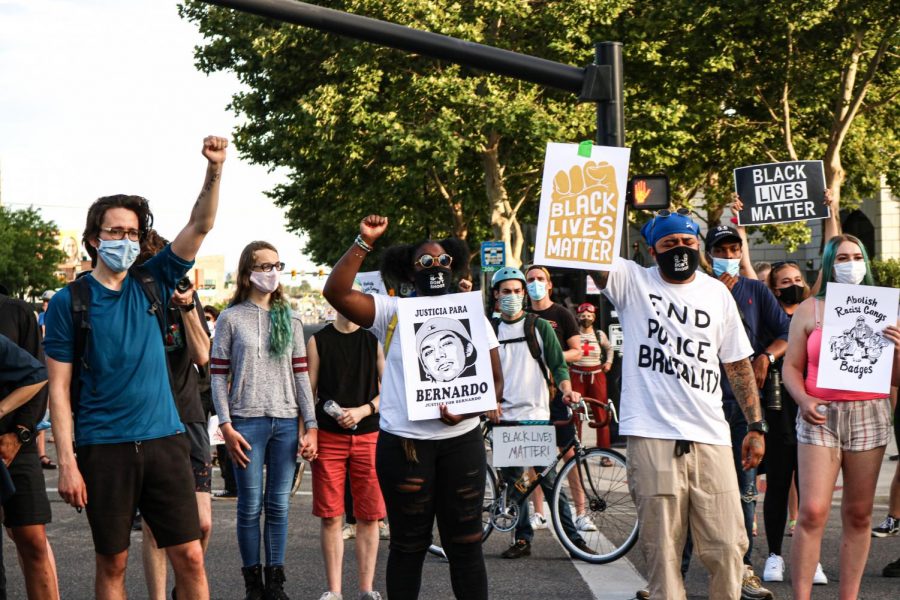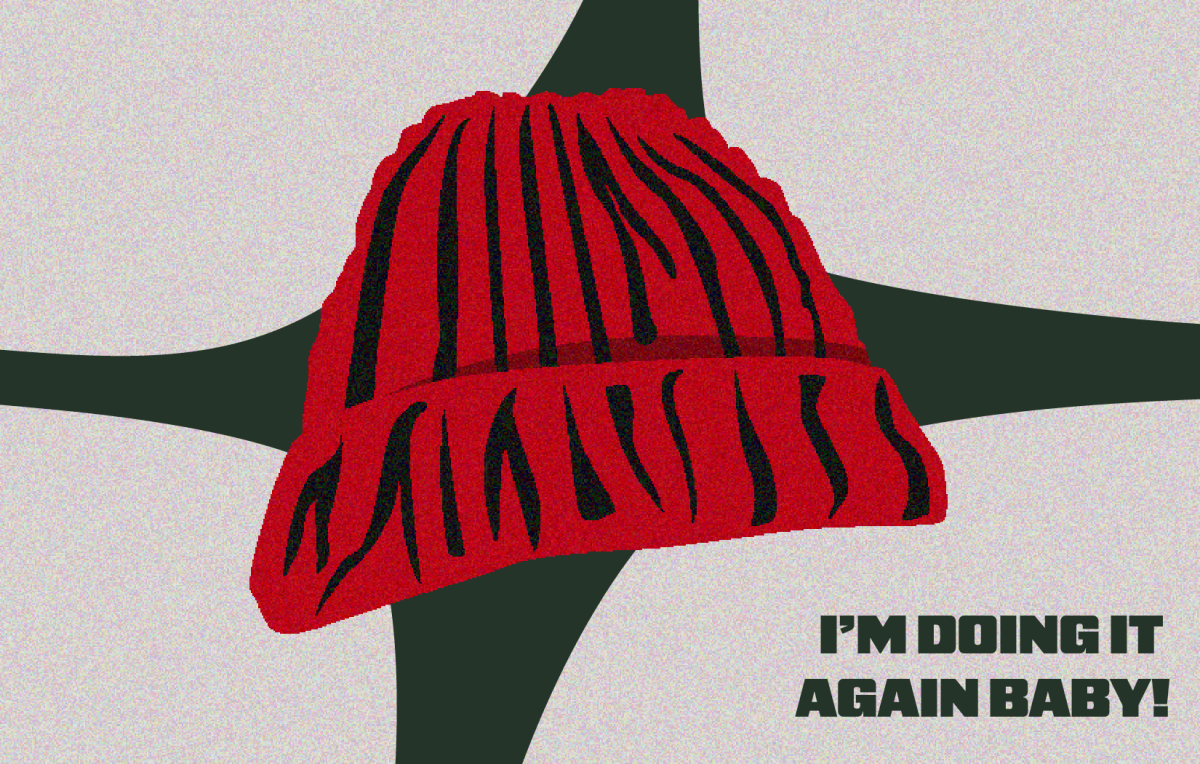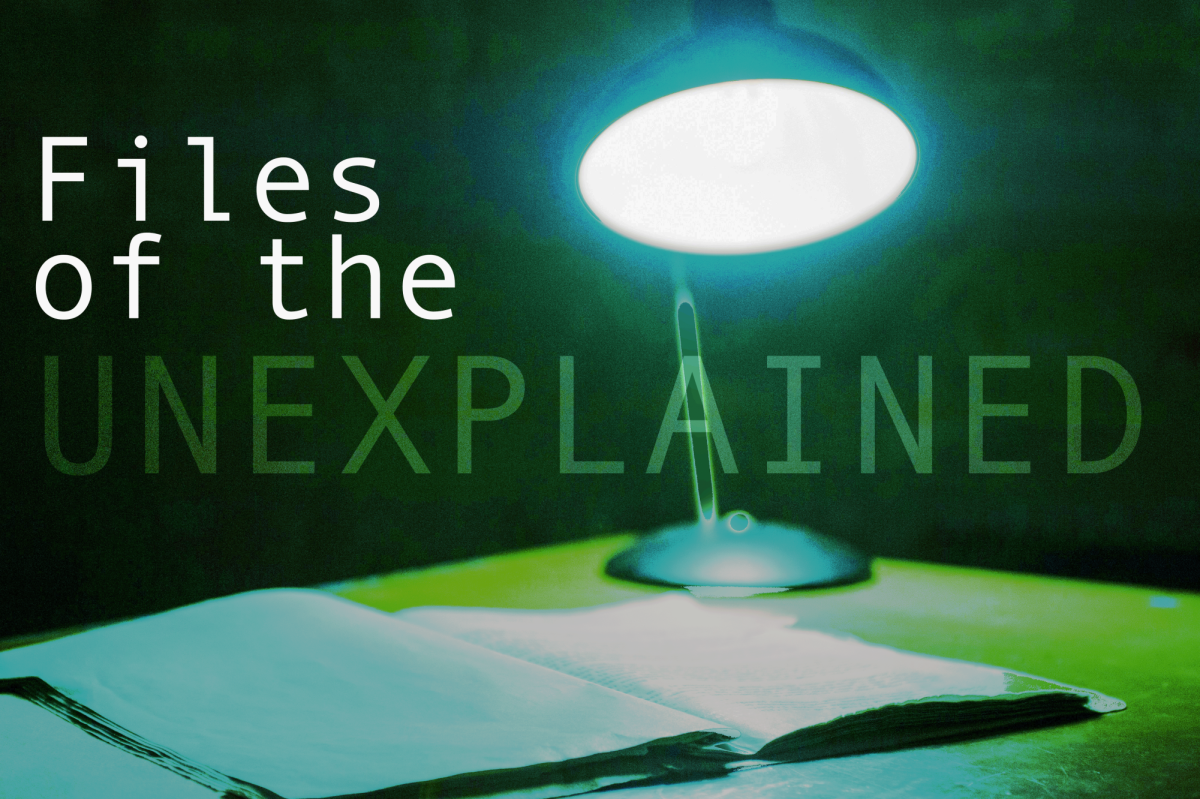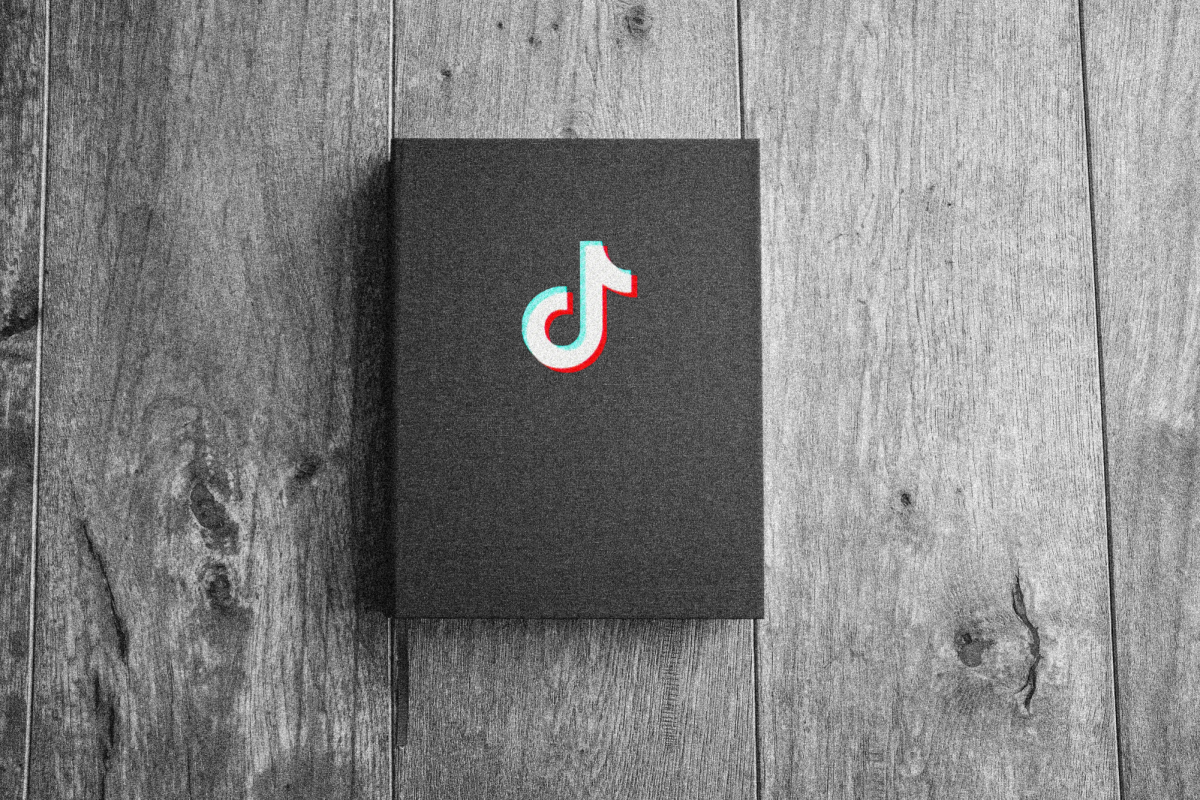Gholami: In the Modern Age of Surveillance, Are Our Civil Rights Under Attack?
Protesters come together to demand justice for Bernardo Palacios on 500 S. State St. chanting “mayor , what happened to his fingers?” on June 24, 2020. (Photo by Ivana Martinez | Daily Utah Chronicle)
June 26, 2020
Internet platforms’ abilities to share information is an immensely powerful tool, as seen in recent weeks with viral videos of police brutality. Though the violence isn’t new, the cameras being used to shed light on the issue are new. Social media users have skillfully employed their influence to spotlight injustices and draw attention toward issues for underrepresented communities that otherwise would’ve been silenced. However, in a modern world that is overwhelmingly resorting to technology for matters of criminal justice, policing, and surveillance, we have to be smart about how we engage with activism online and be wary of how these same methods are used to encroach our civil liberties.
The disparate impact of surveillance on minority communities and civil rights activists predates the modern age of CCTV. From 1956 to 1971 the federal government’s COINTELPRO surveillance program was established to neutralize civil rights activists and discredit political protesters. Prominent targets of the program include the Black Panther Party, Dr. Martin Luther King Jr., and outspoken activists who opposed the Vietnam War. Spying on Black leaders in this country did not stop after the wiretappings and infiltration of COINTELPRO. Presently, the technologies to monitor so-called “black identity extremists” are a bit more sophisticated. After the protests broke out in Ferguson, Missouri over the killing of Mike Brown, the Department of Homeland Security (DHS) has been closely monitoring the Black Lives Matter movement by surveilling their personal accounts and watching their gatherings for the most innocuous of events.
An article from the Intercept recounts that DHS regularly gathers information on Black Lives Matter activities including location data from Facebook and Twitter; they have even collected information on “a nationwide series of silent vigils and a DHS-funded agency planned to monitor a funk music parade and a walk to end breast cancer in the nation’s capital.” Post 9/11, the CIA’s spying program collected data on Muslim communities in New York. Law enforcement infiltrated mosques and “cataloged every Muslim in New York who adopted new, Americanized surnames.” Locally, The Utah-based tech company Banjo has made recent headlines for its ties with white supremacy, but the mission behind this tech company is also alarming. As Nain Christopherson recounts, “Banjo had real-time access to all the state’s government-owned surveillance, down to traffic cameras, for the claimed purpose of reducing police response times to crimes and emergencies.”
Posting about your activism at protests can be an important way to draw attention to the communities that are marching for police reform, but there may be serious consequences for the people who are photographed. Reports show that law enforcement is identifying which dissidents to arrest based on photos of protestors that people have shared online. Government drones, helicopters and other surveillance devices have been found circulating the sky above the Black Lives Matter activists in over 15 US cities. The footage collected from these reconnaissance efforts is then fed into the Department of Homeland Security’s digital network that can be viewed by law enforcement agencies for up to 5 years. It is best practice to operate under the assumption that what you post online at a protest has the potential to be tracked by law enforcement, possibly resulting in the harassment and arrest of protestors at the march. For those that feel unsafe protesting because of COVID-19 or the possibility of a privacy breach, there are many ways to protest from home. And for those who choose to protest in the streets, it is of the utmost importance that you follow precautions for posting photos of the march.
Young people may think we are immune to the work of internet bots purporting false political messaging and fake accounts, but we must be aware of bad actors in their pursuit to sway our thinking during an election year. In the 2016 election, one Russian company staged over 3,500 Facebook ads with the goal of dividing American voters, many on the topic of race. Reporters from USA TODAY discovered that more than half of the fabricated advertisements referenced race, and a quarter of them focused on issues of “crime and policing… encouraging support for pro-police groups.” Leadership at the British political consulting firm Cambridge Analytica claims to have had a large impact on the 2016 presidential election and boasted that for every US voter, their company had 5000 data points revealing personal information on them. Foreign and domestic intervention efforts during an election will undoubtedly happen again, which is why we must be vigilant of the information we provide to social media giants as well as skeptical of the information they report back.
We have a lot to thank the internet for in regard to the progress made in fighting for civil rights, but we mustn’t let our guard down. Social media platforms give activists an opportunity to elevate their voice on issues that are traditionally dismissed by politicians and powerful entities. The modern activist must be wary of the ways in which institutions will fight back against their platforms and progress by using similar, and better-funded, methods of technology.








